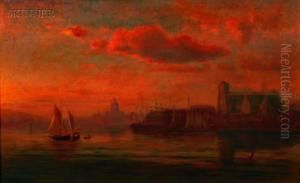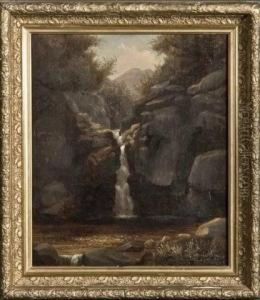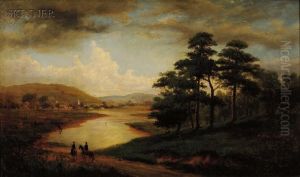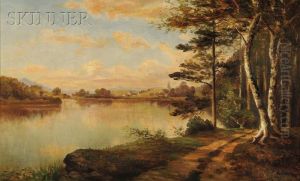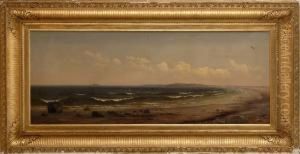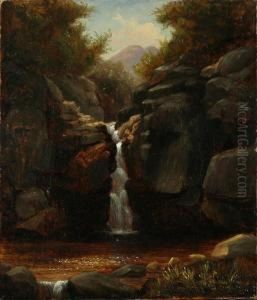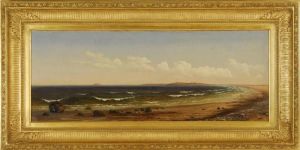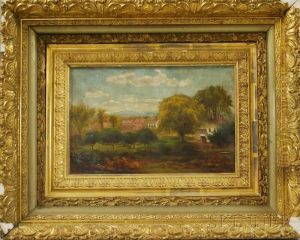Sylvester Phelps Hodgson Paintings
Sylvester Phelps Hodgson was a British painter and artist, whose life spanned the turn of the 20th century, a period of significant transformation in the art world. Born in 1869, Hodgson's career unfolded during a time when the echoes of Victorian art were giving way to the burgeoning movements of Modernism. Despite these evolving artistic landscapes, Hodgson maintained a distinctive style that often merged traditional techniques with emerging trends, allowing him to capture the attention of both his contemporaries and future generations.
Hodgson's work was primarily focused on landscapes and marine scenes, reflecting a deep fascination with the natural world. This interest was perhaps partly due to his upbringing and the scenic diversity of the British Isles. His paintings often depicted the rugged coastlines, serene countryside, and bustling harbors of Britain, rendered with an eye for detail and a profound sense of place. Hodgson's ability to evoke the mood and atmosphere of a location made his work particularly appealing to those who sought a sense of escapism or nostalgia in art.
Throughout his career, Hodgson exhibited a remarkable adaptability, exploring different styles and techniques as the art world around him changed. He was known to experiment with light and color in ways that hinted at the Impressionist influence, yet he never fully abandoned the detailed realism that characterized much of his early work. This blend of approaches allowed him to create a body of work that was both accessible and highly regarded among critics and collectors alike.
Despite his achievements, Sylvester Phelps Hodgson remains a somewhat underappreciated figure in the history of British art. His death in 1951 marked the end of an era that straddled the line between the traditional and the modern. Today, his paintings can be found in various collections and galleries, serving as enduring reminders of Hodgson's skill and versatility as an artist. His legacy, while not as widely recognized as some of his peers, continues to offer valuable insights into the transitional period of British art from the 19th to the 20th century.
